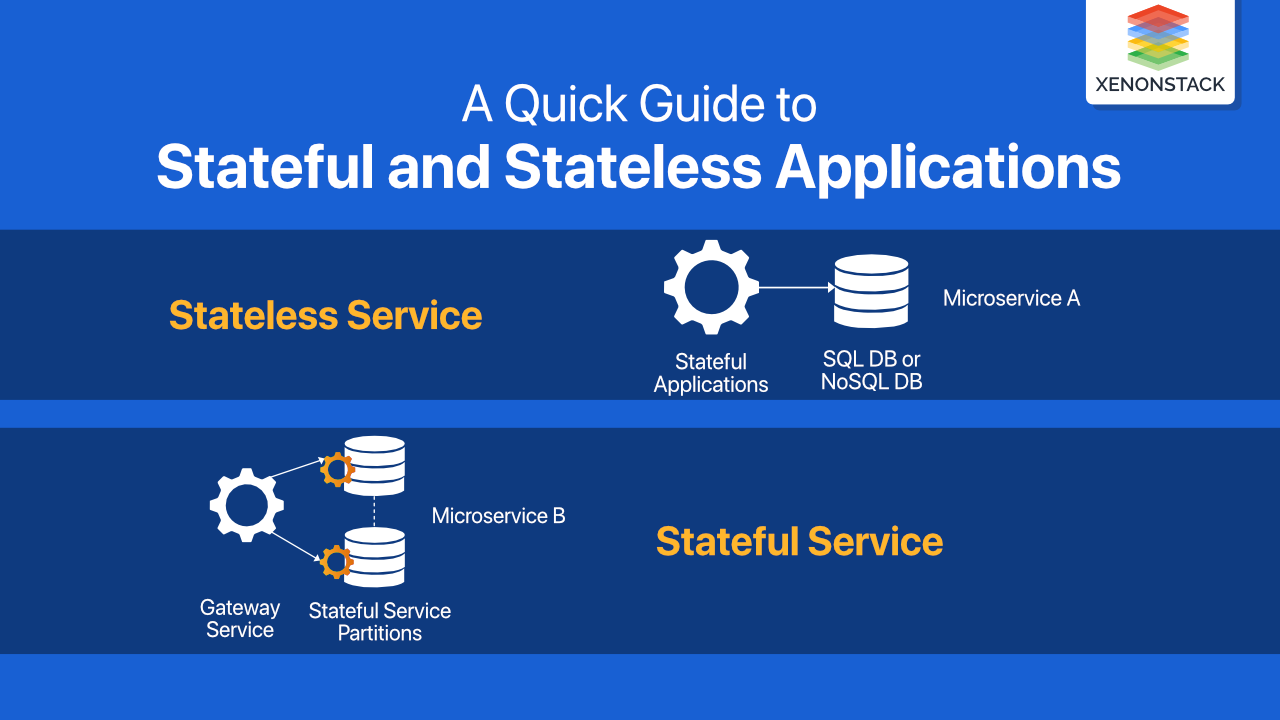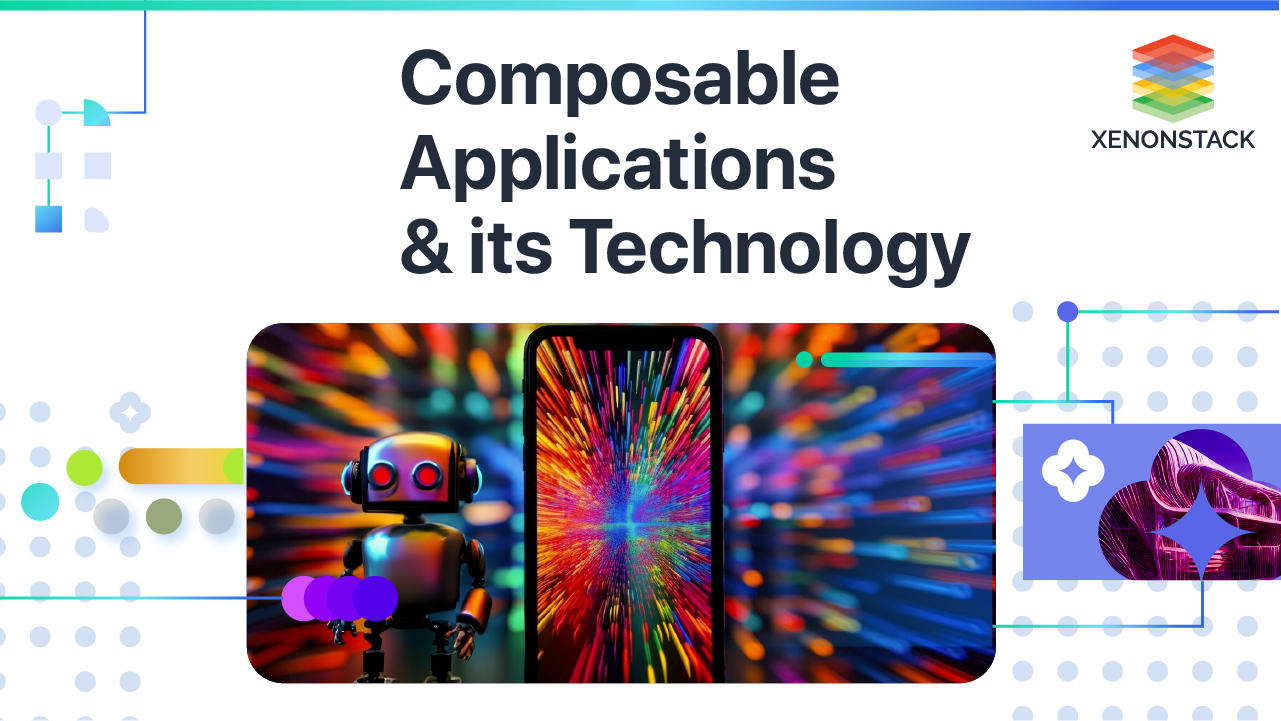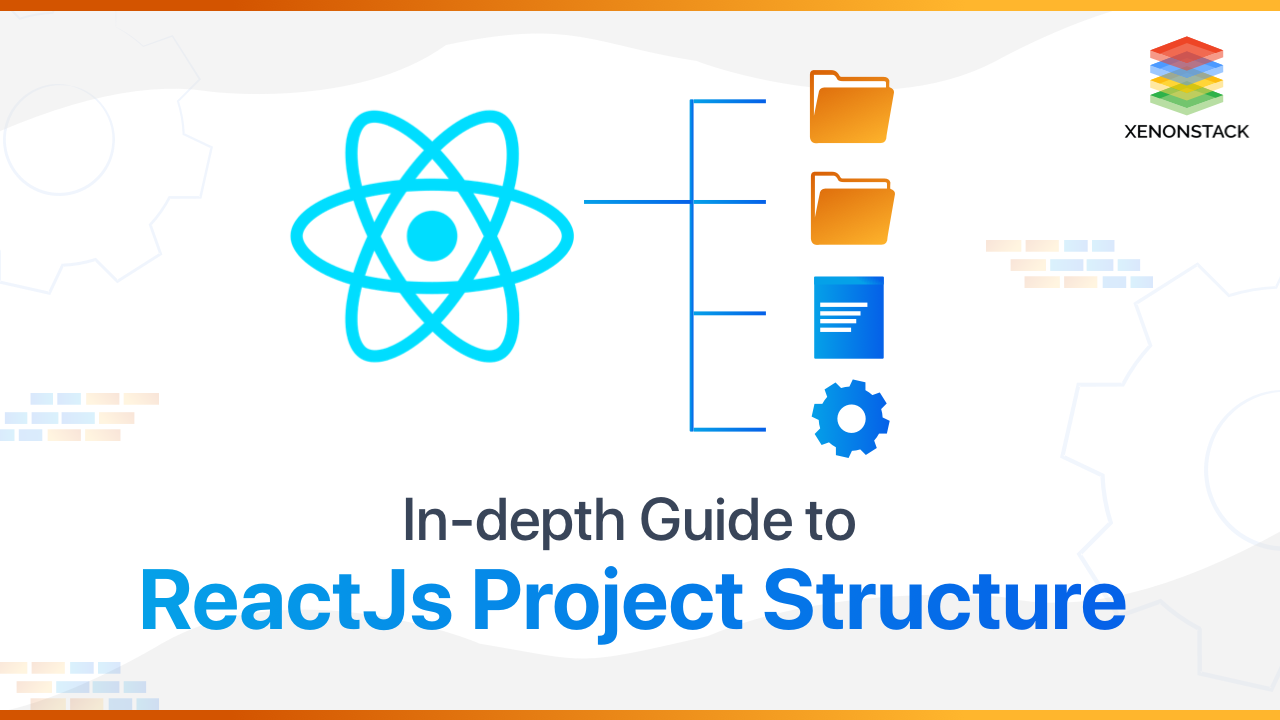
Options for Moving Forward
Organizations are faced with several options when it comes to their infrastructure:
1. Legacy Infrastructure Maintenance
Continuing to expand and maintain legacy infrastructure may lead to inefficiencies, siloed systems, and irrelevance in the face of ongoing digital transformations.
2. Lift and Shift to the Cloud
While tempting for its potential benefits, a complete lift and shift to the cloud may introduce complexities, reduce control over applications, and potentially incur higher costs.
3. Modernize Infrastructure
Modernizing infrastructure entails aligning performance, reliability, scalability, and cost-effectiveness. This approach enables organizations to adapt to changing needs while optimizing resources
Benefits of Modernization
While maintaining legacy applications and opting for a lift-and-shift approach may suffice in certain scenarios, modernizing both applications and infrastructure offers teams the ability to scale rapidly, increase reliability, and operate more cost-effectively.
Embracing Cloud Technology
Cloud adoption is a cornerstone of infrastructure modernization, offering numerous benefits alongside its unique challenges and best practices. Embracing cloud technology empowers organizations to scale operations,
enhance flexibility, and optimize resource allocation. By migrating to the cloud, businesses can reduce infrastructure costs, increase agility, and improve overall efficiency
Six Key Components of Infrastructure Modernization
Once the organization has decided to move ahead with the modernization of infra and application. Below are the critical aspects of the strategy that must be incorporated
1. Break Monolithic Architecture
Breaking monolithic architecture into microservices is essential for modernization. For example, a banking application initially built as a monolith can be broken down into microservices such as account management, payment processing, and user authentication. Each microservice can be independently developed, deployed, and scaled, improving agility and scalability.
2. Decouple Applications and Infrastructure
Decoupling applications from underlying infrastructure allows for greater flexibility and portability. For instance, a retail e-commerce application can be containerized using Docker and Kubernetes, enabling it to run seamlessly across on-premises data centres and public cloud environments. This decoupling ensures that the application remains portable and can be deployed wherever it's most cost-effective and efficient.
3. Optimize Application and Infrastructure
Optimizing applications and infrastructure involves leveraging cloud-native technologies and automation to improve efficiency and reduce costs. For example, a media streaming service can use serverless computing to scale resources automatically based on demand, minimizing infrastructure overhead during peak usage periods. Additionally, the service can leverage cloud-based analytics tools to optimize content delivery and improve user experience.
4. Migration to the Cloud
Cloud migration is a critical step in infrastructure modernization, enabling organizations to leverage the scalability and flexibility of cloud environments. For example, a healthcare provider can migrate its electronic health records system to a cloud platform like Amazon Web Services (AWS) to improve accessibility and scalability while ensuring compliance with industry regulations such as HIPAA. The provider can also reduce infrastructure costs and enhance data security by migrating to the cloud.
5. Inbuilt Security
Integrating security into every aspect of infrastructure modernization is essential for protecting against cyber threats and ensuring compliance. For example, a financial services firm can implement encryption and access controls to protect sensitive customer data stored in the cloud. Additionally, the firm can leverage infrastructure-as-code (IaC) security best practices to enforce security policies and standards across its entire infrastructure, reducing the risk of security breaches and compliance violations.
6. Integration of DevOps
Integrating DevOps practices enables organizations to streamline development, deployment, and operations processes, accelerating time-to-market and improving reliability. For example, a software development company can implement CI/CD pipelines to automate software update build, test, and deployment, reducing manual errors and improving release frequency. By adopting DevOps practices, the company can foster collaboration between development and operations teams, resulting in faster innovation and improved customer satisfaction.
Transform Infrastructure for Operational Efficiency
Undoubtedly, the modernization of legacy applications and infrastructure brings significant benefits in achieving business objectives for enterprises. In this digital era, there is a growing demand for faster time to market, which directly translates to improved operational efficiency and cost reduction.
By prioritizing scalability and flexibility as pillars of infrastructure modernization, businesses can future-proof their operations and easily ensure they are well-equipped to navigate the ever-changing business landscape.
Investing in resilience and disaster recovery protects against potential threats and instils confidence in stakeholders and customers. By proactively addressing risks and ensuring business continuity, organizations can navigate challenges with resilience and emerge stronger in adversity.
Such digital transformations solely depend on the speed and simplicity of the application delivery and the infrastructure's ability to accelerate the developers' productivity. The adoption of cloud-native technologies and cloud environments considerably fulfils these requirements. Thus, modernizing your legacy applications and infrastructure by considering the solutions mentioned above becomes inevitable when your enterprise calls for a successful digital transformation that can be profitable for its business processes.
- Explore Top Cloud Migration Companies
- Checkout, AWS Cloud Migration and Modernization Services
- Learn how to Get started with Application Modernization?




